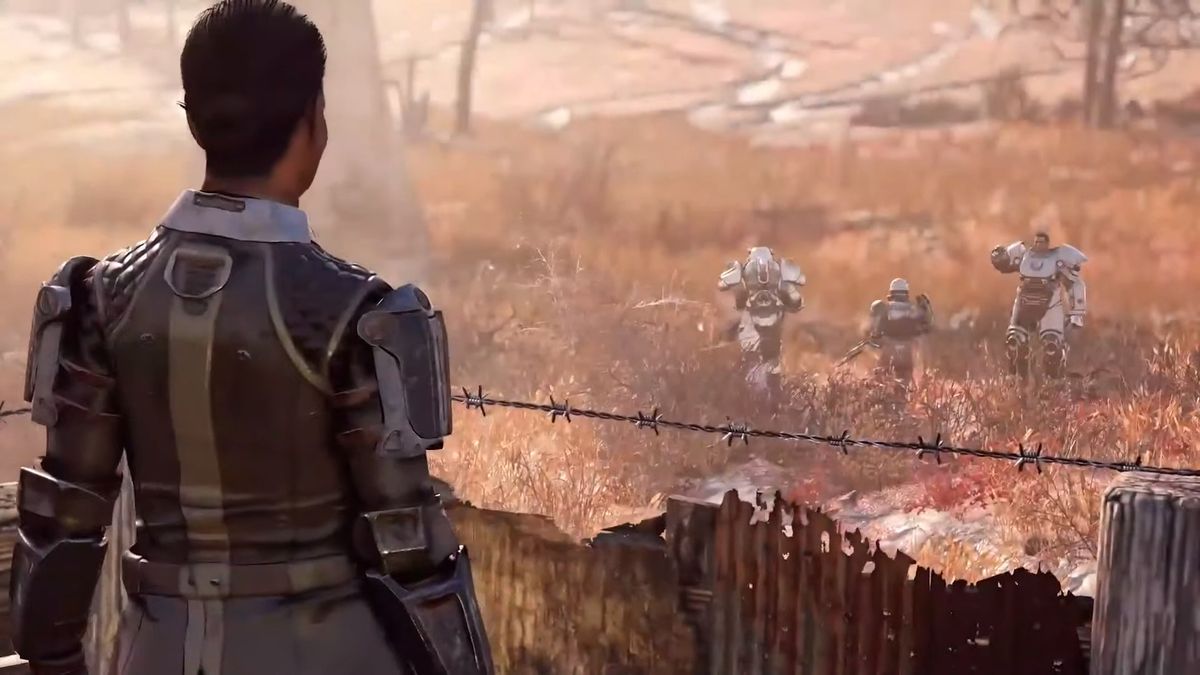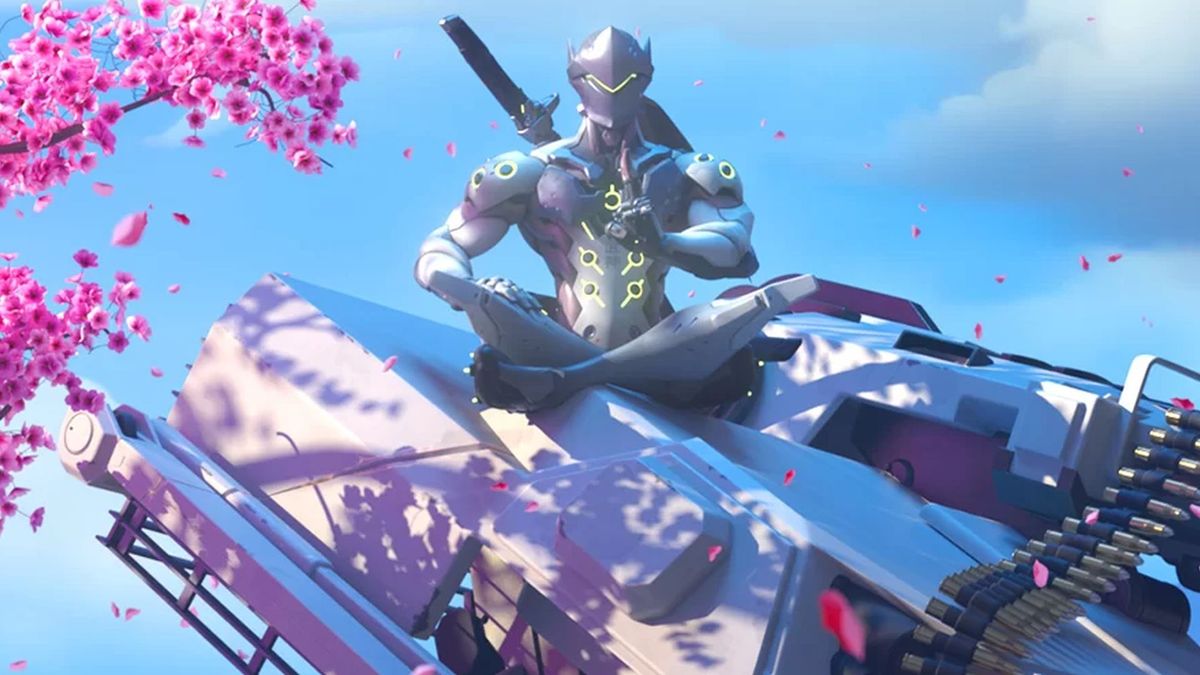New author Tom Pollock talks to SFX about his London-set YA debut The City’s Son
A new author we described as “hugely inventive in his world-building”, Tom Pollock is following in the tradition of authors like Neil Gaiman and China Miéville with a “hidden London” YA novel. We cornered him and (as politely as we know how) squeezed from him some answers about the first Skyscraper Throne novel:
SFX: Can you sum up the pitch for The City’s Son in a sentence?
Tom Pollock: The City’s Son is the story of a graffiti artist who teams up with a homeless boy who claims to be the prince of London to save the city from a maniacal, crane wielding, demolition god. Hi-jinks ensue.
SFX: This is your first published novel. Were you an active member of SF fandom before you wrote The City’s Son ?
TP: Sort of. I was fandom-lite. I came to cons and signings and talks, so I could hang out with like-minded people and make friends. I’m awed when I look at the energy people like Niall Harrison and Cheryl Morgan (and many, many others) contribute to putting events like Eastercon together.
I’ve loved urban fantasy ever since I can remember. The first UF books I read were Elidor and The Weirdstone of Brisingamen (which I maintain is UF, despite being set in the countryside). Garner’s mix of magic and the mundane fired a synapse marked “awesome” in the back of my head. I love the implicit promise the genre makes to its audience, that around the next corner, or in the back of an attic in your house, there could be a pathway to the extraordinary.
SFX: Are you pleased with the critical and SF fan reaction to the book? What’s been the most satisfying compliment you’ve received about The City’s Son so far?
TP: It’s been really lovely, not just because it’s been positive (although it has been) but because of the depth and passion with which people seem to have engaged with it. Some readers have said it’s made them see London in a different light. It’s left a mark in the way they dream about the city, which is pretty much the biggest compliment I could hope for.
Also, I’ve had a couple of folks tell me I’ve given them a phobia of cranes, which I’m secretly a bit smug about, even though if it’s literally true then it’s kind of awful!
SFX: What makes London such a source of inspiration for fantasy novelists? (And what places in London inspire you particularly?)
TP: I think it’s an outgrowth of London just being a great place to set novels, full stop. The history and culture of the capital are as dense and tangled a mix of beauty and ugliness as the architecture, and it’s a city where pretty much anyone can plausibly run into anything else.
I tend to be inspired by the all the everyday hidden bits of London, the overgrown corners of the heath, the underside of the railway footbridge. Little pockets of secrecy in an otherwise unbelievably densely populated space. The big landmarks that form the setting of say, Neverwhere (much as I love that book) lose resonance for me due to overexposure.
SFX: How did you go about conducting research? Are all the locations in your fictional London familiar to you already or did you have to spend a lot of time down by the river looking at cranes?
TP: Most of the locations are familiar, because they’re the places I grew up in. I did spend quite a while re-haunting them though, like some sort of nostalgic ghost, squinting at phone cables out of the corner of my eye until they looked like a web, wondering what kind of spider would spin them, or as you say, looking at cranes.
SFX: We’ve seen you write on other occasions about how people tend to mythologise or anthropomorphise their environments. Is this something of which you’ve made a formal study?
TP: No, I’m an economics and philosophy graduate, my anthropology is purely armchair. Nonetheless, I feel on pretty solid ground saying there’s a long history of mythologised environments, dryads, ents, trolls (the living stone ones) etc. With some notable exceptions, that trend has flagged a bit in the urban environment. My guess is that’s because the city was built by human hands, so it feels like it ought to be less mysterious. But speaking as a child of the city, I find its sprawl just as awe-inspiring as any mountain, and seeing as the urban environment is where most of us live now, I wouldn’t be surprised to see more of these kinds of myths cropping up.
SFX: Books featuring a hidden magical side to cities (London in particular) fill a whole sub-genre; you’ve mentioned Neil Gaiman but there are many others. Were you conscious that you were writing in a tradition? And how difficult was it to plough your own unique furrow?
TP: Oh, of course I was conscious of writing in a tradition! I love those books. But being a UF geek makes me aware of all of the various little sub sub genres. So there’s the paranormal mystery furrow that Mike Carey ploughs, and Ben Aaronovitch doing the police procedural thing, and China’s Un Lun Dun , which is more of a Narnia/Wonderland-type portal fantasy with a London flavour which is (from my UF nerd perspective) completely different to the magic-under-the-surface set-up of Kraken .
For myself, I think of what I do as being urban just-so stories, fantastical backstories for phenomena we experience every day. So for example, when a train just randomly stops in the middle of the tracks, it’s because the train’s spirit – its railwraith – has gotten loose and is causing havoc, and the sudden proliferation of skeletal cranes on the horizon is evidence of a more sinister force than just an over-active property market. So that’s my furrow, but I guess the point of what I’m saying above is that I feel like pretty much every London UF story has something unique about it.

(opens in new tab)
SFX: You’re published by Jo Fletcher Books . It’s a relatively new imprint but Jo Fletcher herself is a legend in UK genre publishing. What was it like working with her on your manuscript?
TP: Amazing. It was one of the big reasons behind wanting to be published there. It’s a huge thrill to collaborate with an editor, to work up this thing I have my head and on my hard disk into the best book it can be. When that editor’s done the same with Pratchett, Donaldson, Aaronovitch et al, that makes it even more special.
SFX: Without any spoilers, can you give us a flavour of what’s coming up in the next book in The Skyscraper Throne sequence, The Glass Republic ?
TP: Hmm, tricky. Well it follows Pen, who’s a major supporting character in The City’s Son and I’m really excited about her arc. It’s about mirrors, beauty, self-possession, some very heavy weather. Being half-way through it at the moment, that’s all I’ll say…
SFX: Thanks Tom!
The City’s Son was released by Jo Fletcher Books on 2 August (opens in new tab) . You can read a review of it in SFX issue 225, which is on sale now (opens in new tab) . Issues 224 to 226 of SFX feature our 2012 Summer Of SF Reading where we interview more authors and feature more classic books that usual: issue 225 for instance includes a roundtable discussion with urban fantasy authors Ben Aaronovitch, Kate Griffin, China Miéville and Suzanne McLeod. Tom Pollock has a blog at tompollock.com .
 Game News Video Games Reviews & News
Game News Video Games Reviews & News



